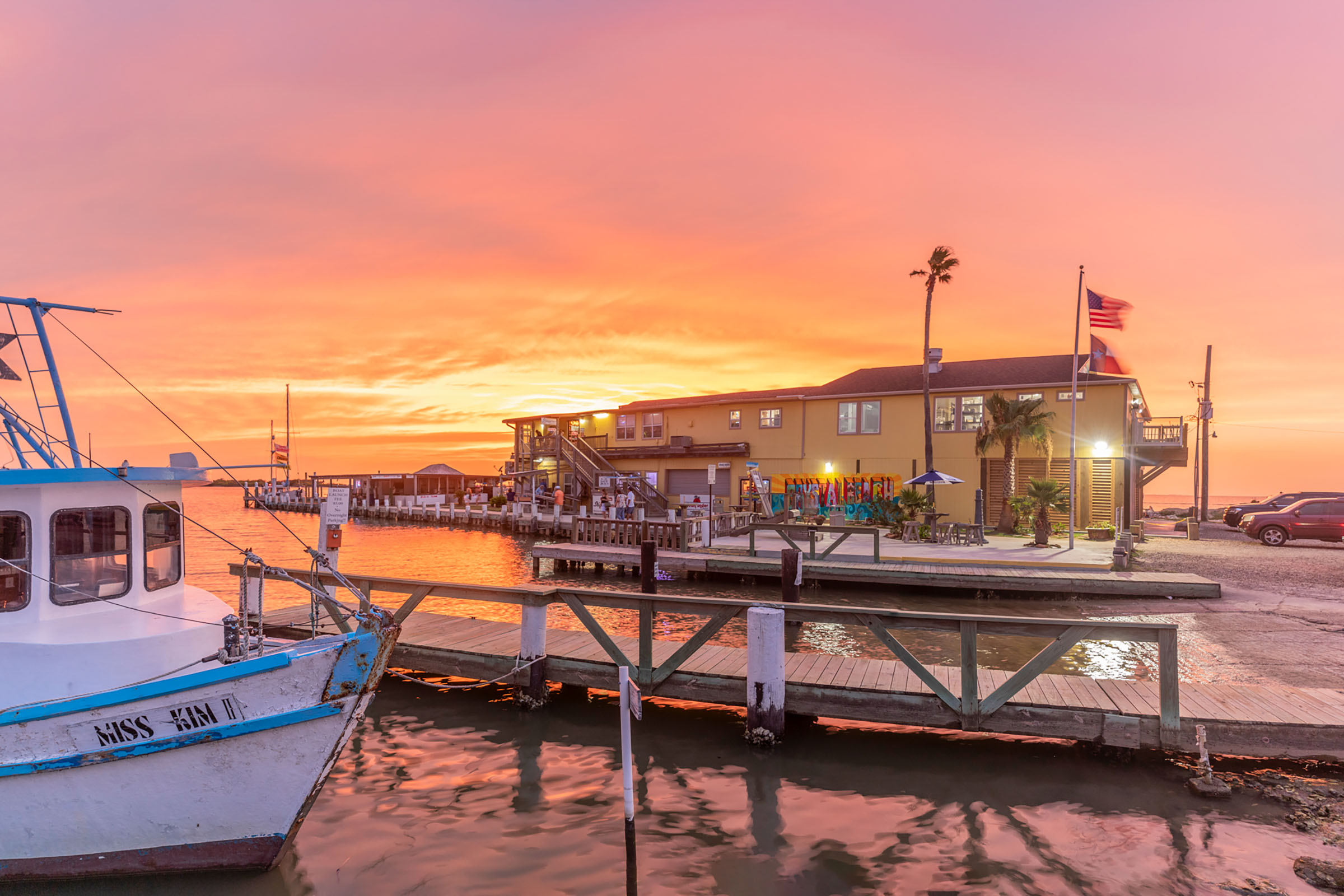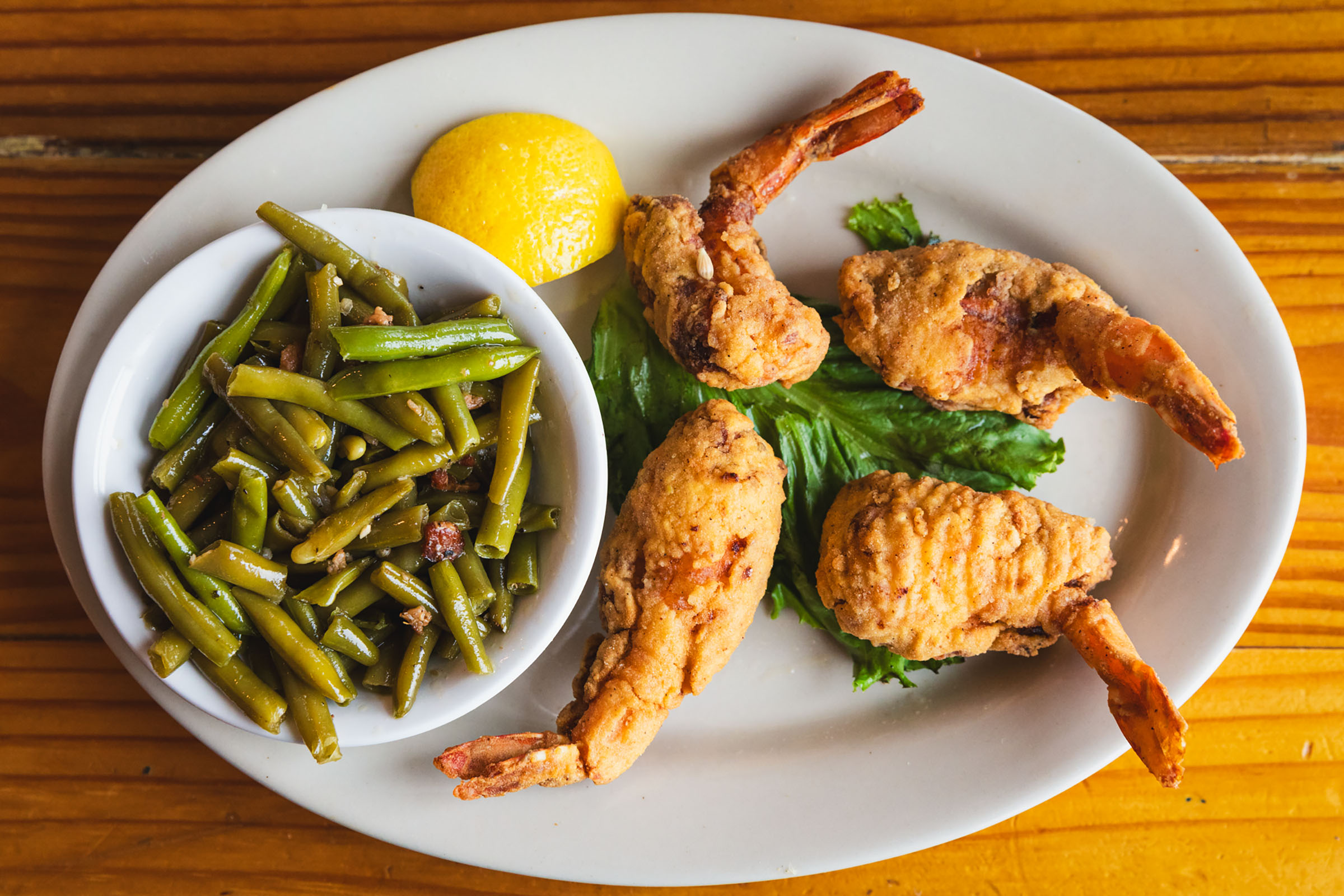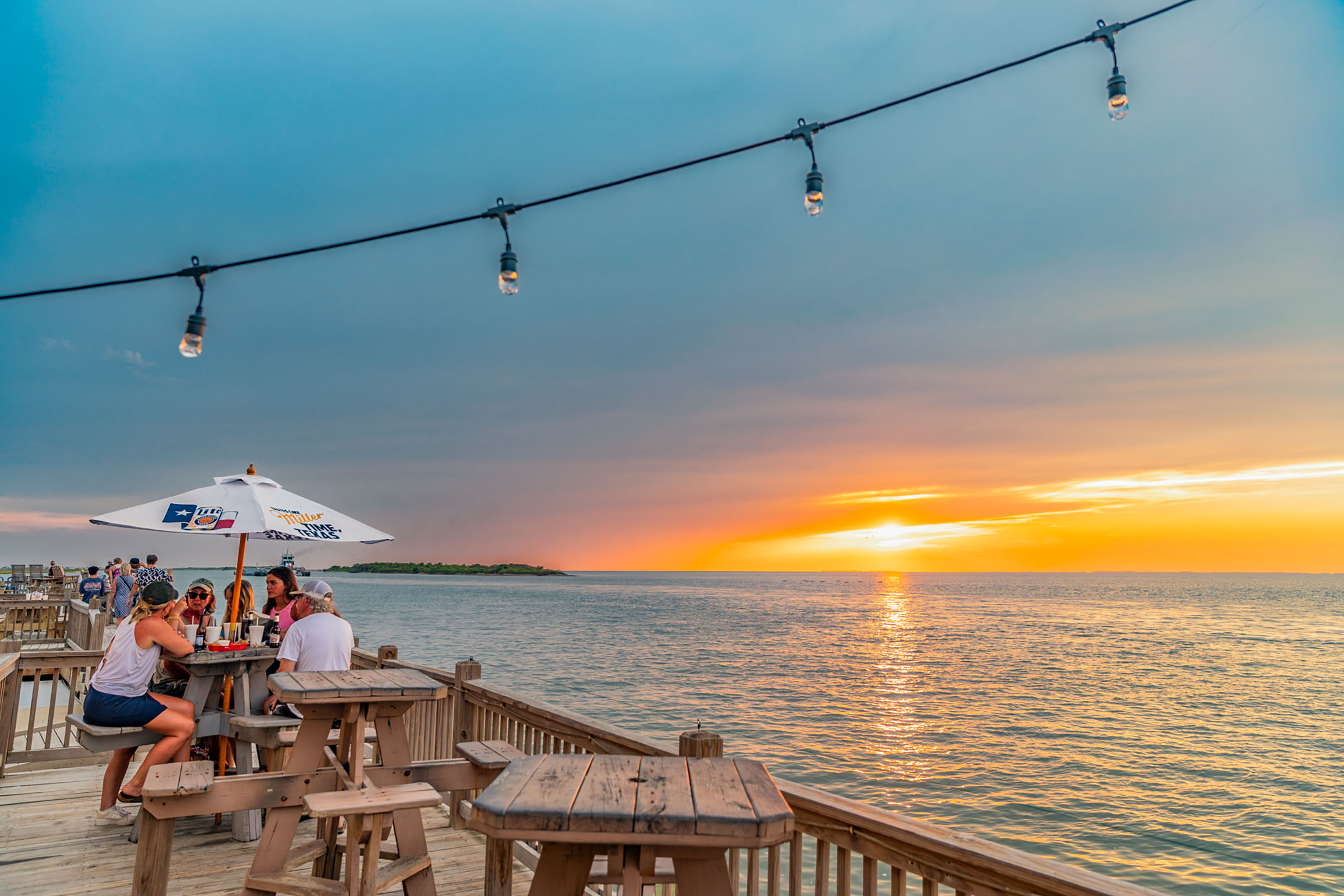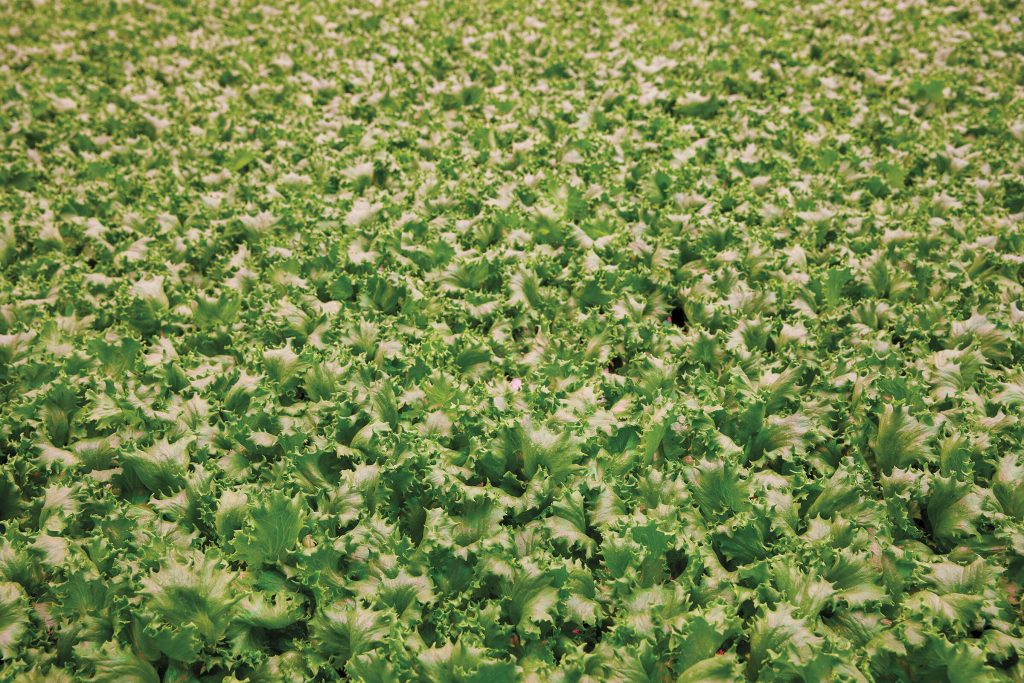
Stingaree’s Restaurant and Marina survived Hurricane Ike 15 years ago, but many restaurants in the area weren’t as lucky.
My mother almost always orders the stuffed shrimp. No matter the occasion nor the restaurant, her routine when visiting our beach cabin on the southeast Texas coast has been predictable for as many years as I can remember. She opens the menu—these days, after searching for her blue-and-pink–framed reading glasses—and scans it for a few minutes, as if contemplating trying a new dish that night. Then, without fail, she gently folds the menu shut, looks up, and says, “I think I’m getting the stuffed shrimp.”
It’s a nearly perfect dish anywhere but especially so from a bay-view perch over the Gulf’s emerald-green surface. It’s a uniquely regional flavor: lumps of blue crab meat sourced from waters just beyond our table, tossed with dressing and molded around jumbo Gulf shrimp, and then fried with a splash of Cajun spice. It’s a time-intensive meal for the home chef, making it almost exotic in appeal.

The crab-stuffed shrimp at Stingaree Restaurant and Marina.
In many ways, that dish has defined our three-plus decades of visits to our home in Bolivar Peninsula. It’s a tiny collection of communities—Crystal Beach, Port Bolivar, Caplen, Gilchrist, and High Island—only a 20-minute ferry from better-known Galveston Island. The peninsula is a gateway between two Texas worlds, where Cajun Country blurs into the diverse, cosmopolitan circles of greater urban Houston.
My mother’s stuffed shrimp order, like my dad’s order of a dozen raw oysters and a bowl of gumbo, are consistent aspects of a changing peninsula. Its sleepy cultural aesthetic has been in flux since Hurricane Ike made its historic landfall in September 2008. More than half of the 2-mile-wide peninsula’s structures were wiped out by the storm’s 20-foot surge. It was a collage of ruins, broken and scattered, with $29 billion in damages. At least 37 locals died in the storm. Now,15 years later, as tourism dollars gentrify one of the nation’s last undeveloped coastlines, it’s clear that folks have finally found our little piece of nowhere. With that change has come a new sense of place for locals. Lost, however, is what was once the peninsula’s rustic, fishing-camp charm.
“I will go with it’s different,” says local restauranteur Brad Vratis, laughing, when asked how he’s seen Bolivar Peninsula change since Ike. Vratis is the latest member of his family to run the acclaimed Stingaree Restaurant and Marina. Many of the greasy spoons and mom-and-pop spots didn’t return after the storm, except Stingaree’s. Stingaree’s took on damage in the storm but managed to repair and then reopen in only five months. Not all restaurants were as lucky as Stingaree’s. Some were replaced by food trucks hocking everything from paninis to, recently, to-go daquiris.
I’ve always defined the peninsula’s eras through food. As a kid, I longed for the taste of Mother Teresa’s Flying Pizza, which relocated to Galveston after losing its brick-and-mortar location to the storm (totaled buildings weren’t allowed to rebuild). Neither my time living in New York City nor venturing across Italy produced a slice quite like it. There was the Outriggers Grill, a sitcom-sweet breakfast spot the adults would drink coffee at. Now closed, its biscuits and gravy remain unrivaled to this day. Bob’s Sports Bar, where we’d stop for fried shrimp po boys on our first night in town, withstood Ike, but last I checked, it’s a bait and coffee shop now—a mix that works nearly nowhere else but here. The memory of Bob’s now lives on through one of artist Hayes Carll’s country western songs. Then there was the outdoor burger shack; I can’t even remember its name. Ike left not even a trace reminding us of its existence.

Frio Loco serves shaved ice on Crystal Beach.
Shortly after Ike, a small taco truck called Taqueria El Antojito rolled into town, seemingly in the dust of electric companies’ trucks that strung the local power grid back together. It was nondescript—its only signage a menu and a flashing “OPEN” sign. As is the habit of street food venues, its options are limited. But don’t sleep on the tacos: chicken or beef, diced white onion and cilantro, a chunk of fresh avocado, and a slice of lime to christen it, all tucked into corn tortillas. Borderland-style at its finest.
Where much of the community still felt broken, the truck felt exciting, new. There, in the parking lot of the peninsula’s only reopened grocery store off Highway 87 and its miles-long scenery of a hurt place, its arrival symbolized the very beginning of new life arriving to the peninsula, while also signaling the loss of the area’s fishing village past.
“It’s changed because it’s grown,” Crystal Beach Triton editor Jan Kent says of the difference she’s noticed, over time, since the post-Ike rebuild began.
Change can be good, though. Change tastes like Mexican-Cajun fusion dishes of small regional chains like Tia Juanita’s Fish Camp, which recently moved into a shopping center built after Ike. It tastes like Crystal Beach Café, where you can order pho or stir-fried noodles. And it tastes like some of the best low-key Mexican restaurants you can find, like Jose’s Cantina and G’s Molcajete, both of which are located off Highway 87.
“I like the rebuild,” Vratis says of the peninsula’s recent growth. “I didn’t believe it when FEMA told us it was gonna take 10 to 12 years for a full recovery, but it’s taken 15.”

The spectacular sunsets on Bolivar Peninsula remain the same.
Even as the peninsula changes, for better or worse, some things that help make it home for our family never do. And as new, pricier developments change the local, end-of-the-world charm, the taco truck is steadfast, still a symbol of the broken roots we rebuilt from.
As are my parents’ orders when we’re out to eat. On a recent trip to Tia Juanita’s Fish Camp a few weeks back, mom gently closed her menu, and shocked our small table as she casually said, “I think I’m getting the honey jalapeño shrimp.”








